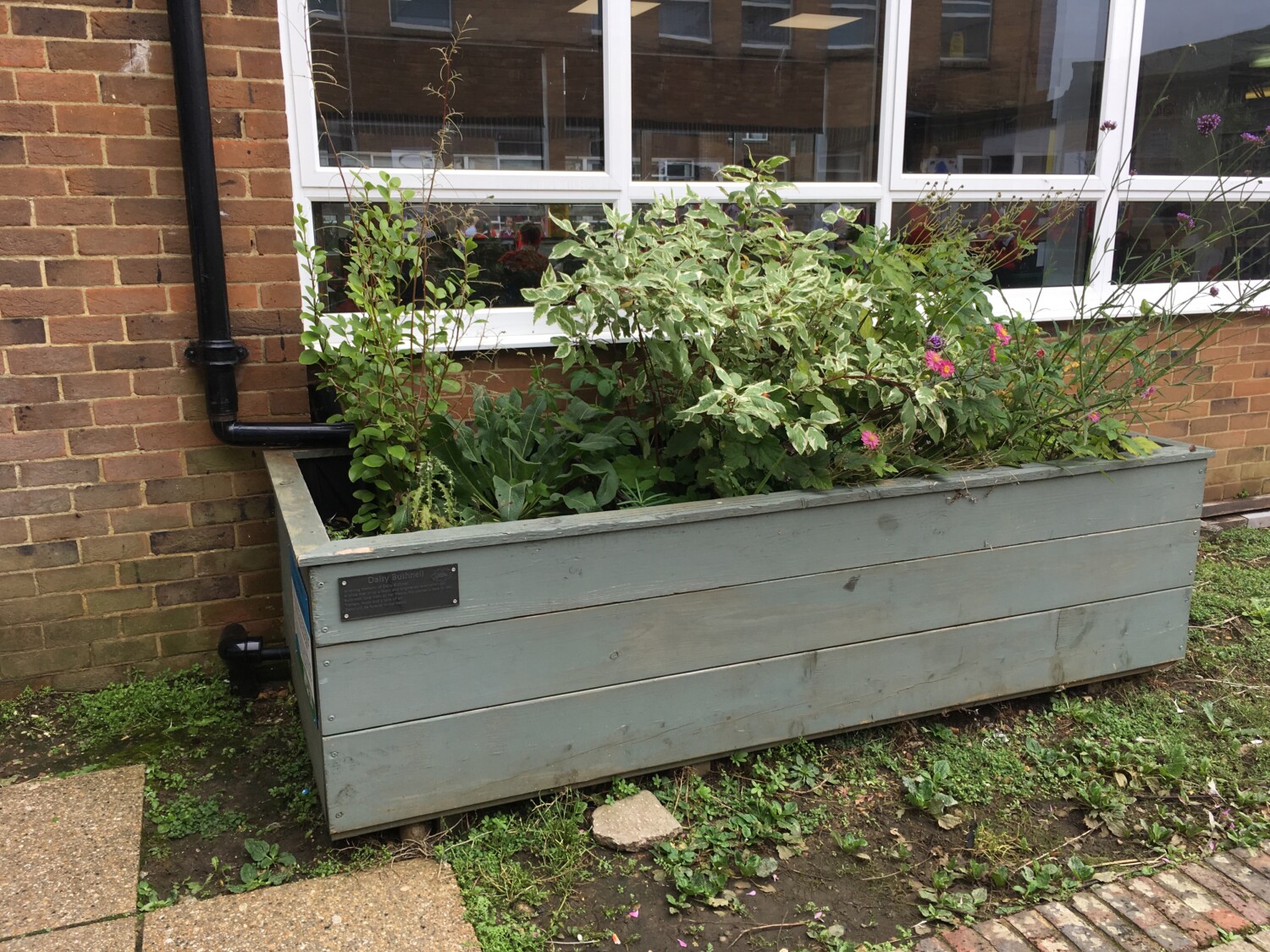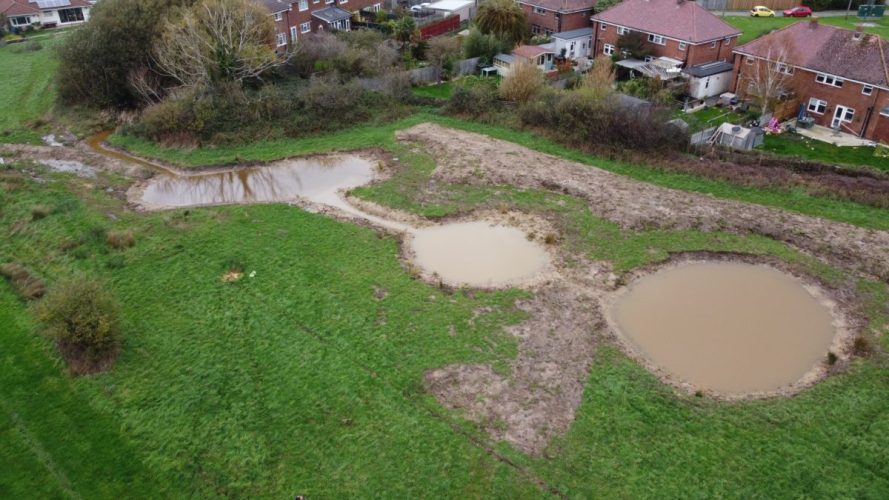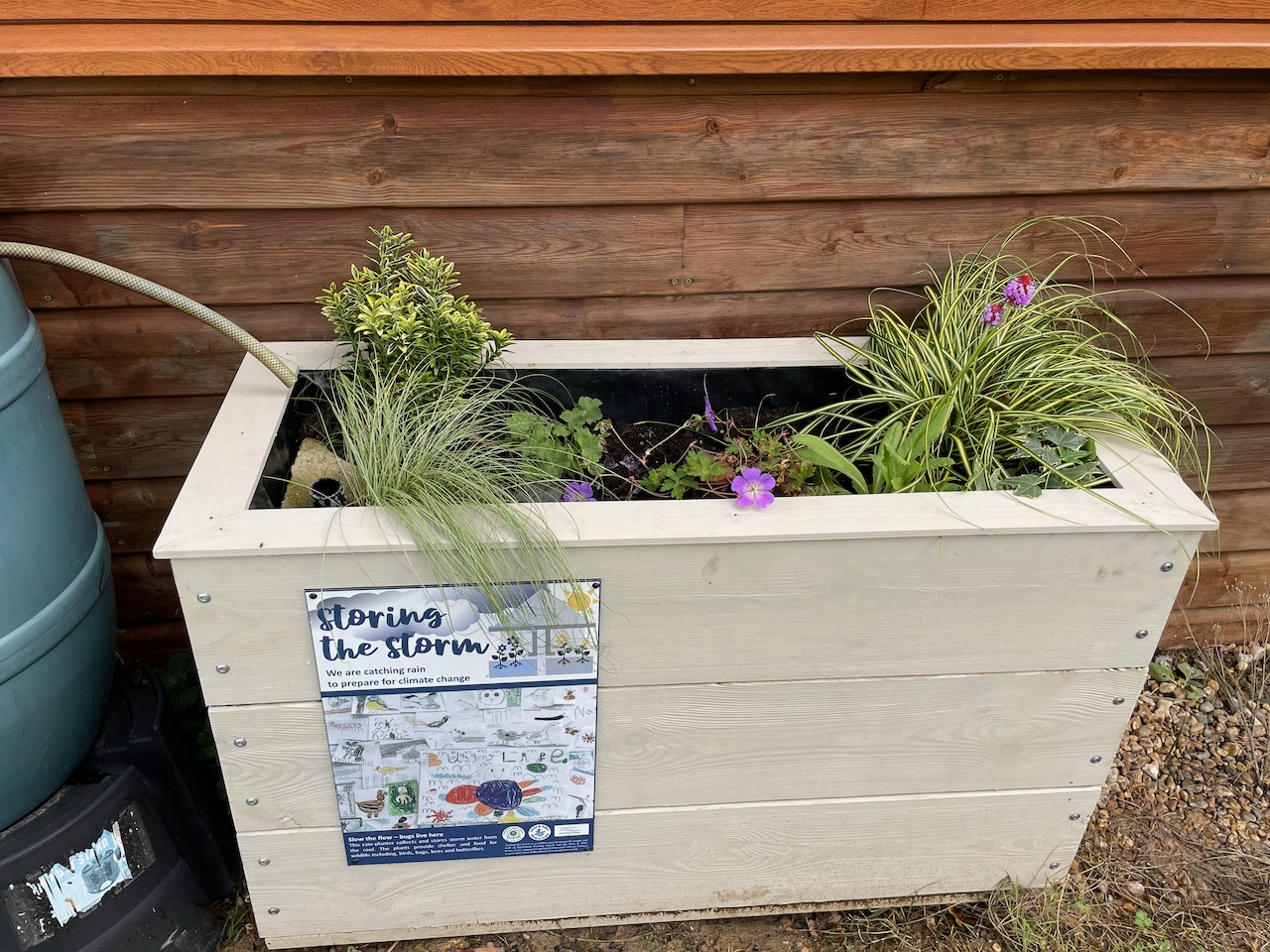Working with Natural Processes
Concrete barriers and other “hard” defences, such as embankments, protecting homes from flood water are a common sight along rivers all over the country. However, they cost millions of pounds to build, often require expensive maintenance regimes and are never 100% guaranteed to work for every flood event, becoming less effective as our climate changes.
There are other, more natural ways of reducing flood risk either as stand alone interventions or in conjunction with traditional hard engineering. These nature-based solutions focus on how land and watercourses in the upper areas of a catchment is managed and form a core area of our work across both the Rivers Ouse and Adur. We have a wide range of experience in delivering effective schemes in both rural and urban settings and believe that co-creation, design and delivery with communities and landowners should be at the heart of these schemes.
Natural Flood Management (NFM)
To reduce flood risk downstream, NFM incorporates a wide range of techniques. These include land management to store water both in soils and on the surface, altering surface water pathways and in-channel flow regimes to hold back and de-synchronize the flow of water across the landscape. Our work shows that the right combination of measures, in the right place, backed by data, evidence and local knowledge can help to slow flood peaks and reduce the depth and duration of flooding.
At the Ouse & Adur Rivers Trust our Project Officers have a wide range of experience in delivering landowner advice and working to ensure that any NFM scheme seeks to provide a range of wider benefits such as increased ecosystem resilience, improved water quality and soil health, drought resilience and community well-being.


Adur Catchment NFM Project
Working in partnership with the Environment Agency, we received two years of funding from the Regional Flood and Coastal Committee (RFCC) to build an evidence based strategy to reduce the risk of flooding to properties risk across the Adur catchment. This encompasses the traditional approach to upstream interventions alongside the estuary and tidal sections of the river, assessing and mitigating the long term impacts which could result from climate change driven scenarios (e.g. rising sea levels, tidal surges etc).
To achieve our objectives and take this forward to delivering identified measures a committee of representatives from a range of stakeholders are assisting with building this vision for the future. These include Adur & Worthing Council, Horsham District Council, South Downs National Park Authority, Natural England, Sussex Inshore Fisheries and Conservation Authority (IFCA) and Sussex Wildlife Trust.
During this phase of the project our Natural Flood Management Officer will be meeting with landowners, local authorities and community groups to gain a greater understanding of the impact of heavy rainfall across the catchment and build a strategic approach to delivering interventions. This will include:
- Supporting improvements to soil structure and the rebuilding of organic matter levels, focusing on where both overland and sub-surface flows are increased as a result of degraded soils and poor land management
- Modifying flood banks to improve channel diversity, water holding capacity and/or re-connecting rivers with their floodplains.
- Introducing leaky woody debris dams to slow the flow and create in-channel habitat, ensuring these continue to allow fish migration.
- Introducing wetlands, ponds and scrapes as features in the floodplain to provide increased water storage.
The project will establish the evidence required for future flood defence funds to be spent on solutions that are both cost effective and achieve wider benefits across the catchment. We strongly believe this is a far better option than building ever ever walls.
For more information on the project or to find out how you can get involved contact Tara.Dawson@oart.org.uk



Ouse Valley NFM
Since 2016 we have been working in partnership with Lewes District Council and Sussex Flow Initiative to deliver NFM in both rural and urban areas. During this period OART have delivered a number of projects with the main focus on Ringmer and Wivelsfield. Alongside these two communities, this partnership enabled OART to provide technical advice and some funding to the National Trust Floodplain Project at Sheffield Park, more information can be found here

Ringmer Wetlands
The village of Ringmer is impacted by surface water flowing from a number of springs. During heavy rainfall this water forms overland flows which cause flooding to properties and the sewer network. OART have worked with Lewes District Council, The Elizabeth Cheyney Trust, Ringmer Parish Council and local residents to implement a scheme which intercepts surface water flows, slowing their progress and reducing the impact of flooding. This has been achieved through the creation of a series of ponds with a capacity to hold 560,000 litres of water and controlling its flow into the sub-surface drainage system. Local volunteers planted over 500 wetland plants on the pond margins and 150m of hedgerow has been installed at the site. This project delivers multiple benefits for flooding, water quality and biodiversity and shows how urban areas can benefit from wetland habitat creation.

Wivelsfield School
Working with pupils at Wivelsfield Primary School, OART have created a raingarden and install rainbox planters. The raingarden stores water and slows its flow during periods of heavy rainfall, whilst the rain planters receive water from the drainpipes and absorbs into the soil, storing it for the benefit of plants. Pupils from the school were involved in the design and planting of the raingarden and created interpretation boards ensuring the next cohort of pupils understand the principles of storing water. Helen Smith, Headteacher at Wivelsfield Primary School, said: “This initiative offers a great opportunity to further enhance our grounds as an outdoor classroom, along with enabling hands on learning experiences to teach children about how climate change and water from developments cause flooding and how we can reduce this.”

Leaky Dams
On the southern side of Wivelsfield are hillslopes which contribute surface water run off to the local community. Flow pathways were identified through the use of Scalgo flow modelling and in consultation with local landowners a series of leaky dams have been placed on the hillsides to slow water and enable a greater level of absorption in the landscape. Volunteers assisted with the construction of these dams and will continue to monitor their impact over the coming years.

Storing the Storm
Rainbox planters are a great way of slowing flow off of roofs. Simple and cheap to create they can be built to hold any amount of water and look great when planted with wildflowers, providing valuable resource for pollinators. Our “Storing the Storm” project aims to install rainbox planters at 10 primary schools and 10 Parish Council Buildings across the Lewes District, showcasing low cost, effective ways that everyone can reduce run off, reduce the risk of flooding and improve biodiversity.
Hassocks Natural Flood Management
Since 2015 we have been working with HKD Transition to reduce the risk of flooding in the town of Hassocks. The aim was to reduce the amount of water reaching the small bridge culvert in the middle of the town which is regularly inundated, backing water up into upstream properties and reducing the effectiveness of surface water drainage.
During this period we have designed and implemented a number of schemes to reduce both in-channel flows, through the creation of a series of debris dams upstream of the bridge and surface water within the town itself. From rain gardens to small “planters” on downpipes the cumulative effect of these interventions has seen a reduction in water reaching the bridge and flooding has not occured during periods when it would be expected.
We are continuing to work with the community and the HKD Floods & SuDS group to raise awareness of the issues and provide specialist advice on the solutions.
Watch our video which explains more about the work being undertaken in Hassocks

Support our work by becoming a member, making a donation or signing up as a volunteer for one of our activities
The Ouse & Adur Rivers Trust

OART is a membership based organisation dedicated to the environmental protection and enhancement of the Sussex River Ouse and Adur including their tributaries, estuaries and still waters.
The Ouse & Adur Rivers Trust (OART) is a registered charity (No: 1082447) formed in 2011 from the amalgamation of two long-standing local organisations, the River Adur Conservation Society and Sussex Ouse Conservation Society.
Contact us at info@oart.org.uk